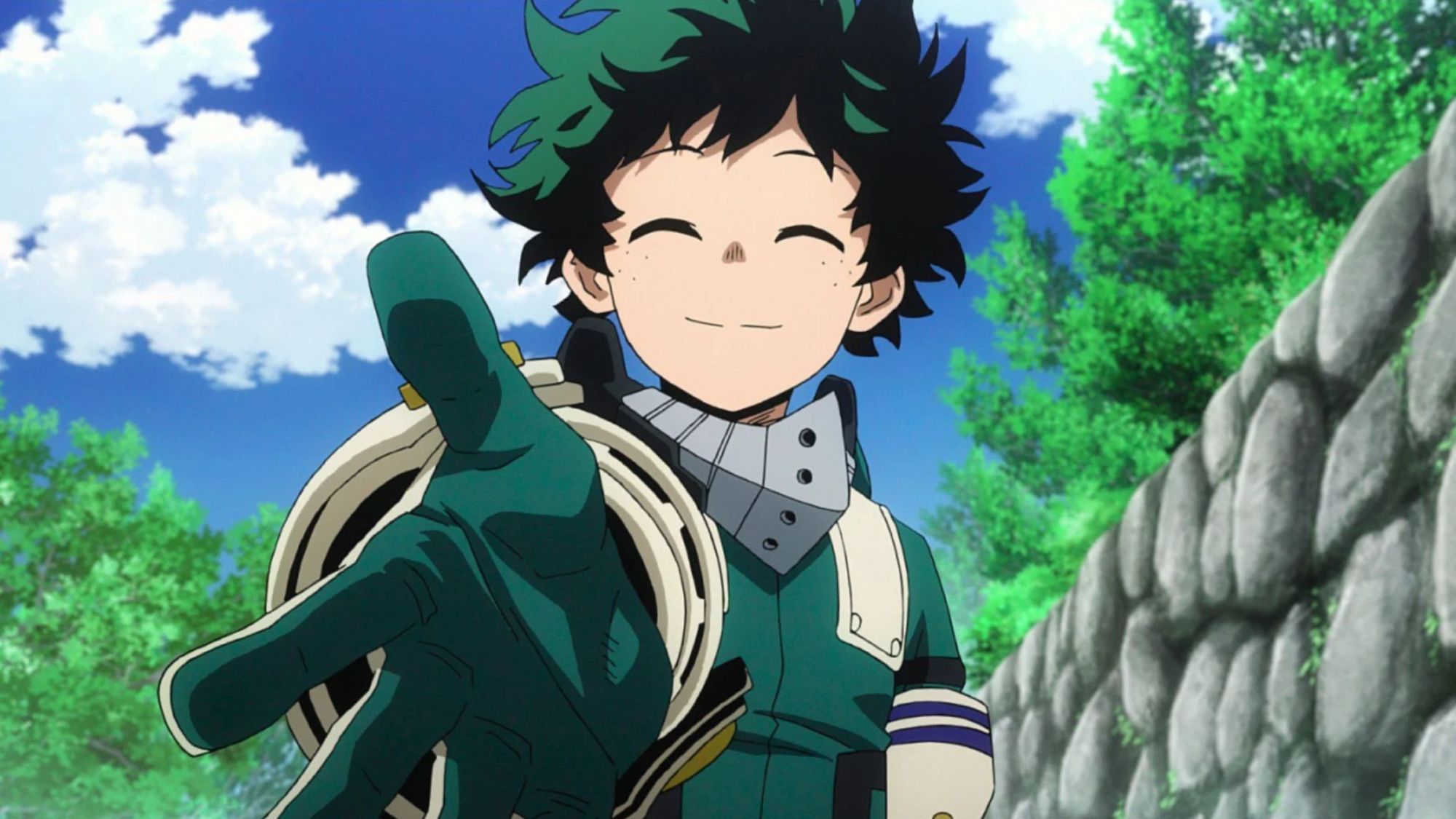
The My Hero Academia (MHA) franchise took the world by storm, and with good reason. It’s a fascinating and compelling anime that opened the door to a new type of superhero adventure. Created by Kohei Horikoshi, this series portrays a world in which most people have a quirk, a unique ability that can range from little things like being able to glide on the floor to major changes with explosive powers. The scale can drastically fluctuate, and that’s part of what makes this world so interesting. We’ve been fascinated with this series from the start, but even we have to admit that there are some details that just don’t make sense.
When it comes to MHAfans still have a ton of questions to this day. This includes fans of the manga, which is now completed. The final season is set to air later this year, and that has us thinking about everything that has come to pass. We still have questions about how the world works, what is going on behind the scenes at U.A., and many other details that just keep the series from flowing as smoothly as we’d like. Naturally, these things don’t ruin the series, but it does give people pause.
10) There’s Zero Dating at U.A.
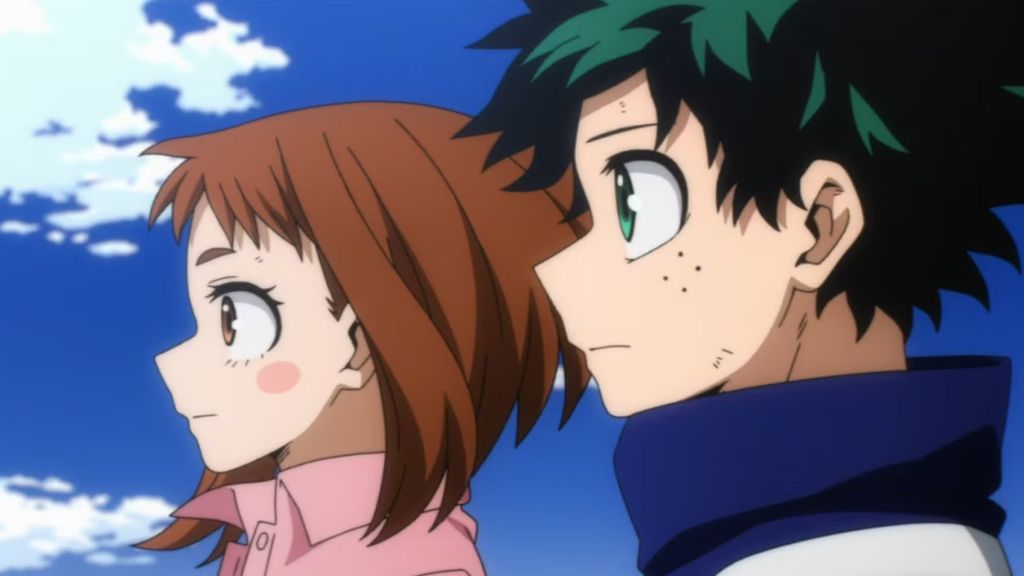
Let’s address the elephant in the room: becoming a hero is an incredibly bold decision, but it’s also a tense process. Despite this, we never see the students blowing off steam or finding distractions in romantic drama. Sure, there’s the occasional crush, but that’s where it all seems to end. Perhaps U.A. has a rule against dating, but if that’s the case, it was never overtly mentioned.
Even if the students aren’t allowed to date, it’s still surprising how few of them react to the students around them. Let’s use Ochacho as an example. We know, for a fact, that she was dealing with a crush on Midoriya, right? Yet she doesn’t bat an eye when she sees him walking by shirtless. That’s not how your average teenage girl is gonna react to seeing her crush like that.
9) U.A. Never Makes Students Face Consequences for Bad Behavior
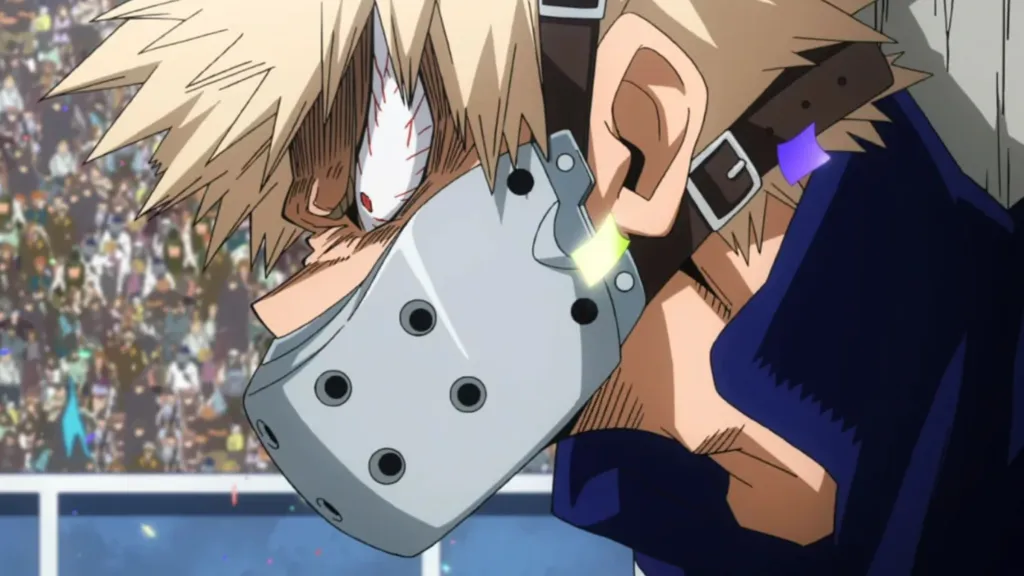
It’s safe to say that MHA is full of compelling characters, and the students of U.A. are pretty varied, both in quirks and personality. That brings us to a certain problem, as multiple students at this school exhibit concerning behavior that never really has any consequences.
To start with, Bakugo Katsuki may be a powerful force to be reckoned with, but he also starts as a bully. Yes, he gets a redemption arc and we love him for it, but, shockingly, U.A. would allow this behavior to go unanswered. Do they really want a bully to pass and become a hero? The Licensing Exam highlights how this behavior doesn’t work in the real world.
Next, there’s Mineta. We don’t really need to explain how his behavior is problematic, at best. He’s frequently portrayed as a little creep, even going so far as to try and spy on the girls while changing. While Mineta did have an emotional arc that helped him get over his more cowardly nature, his sexual harassment is never acknowledged by the school itself. Given the school’s prestige, this is highly surprising.
8) The Slanted Entrance Exam is Proven to Be Too Limited
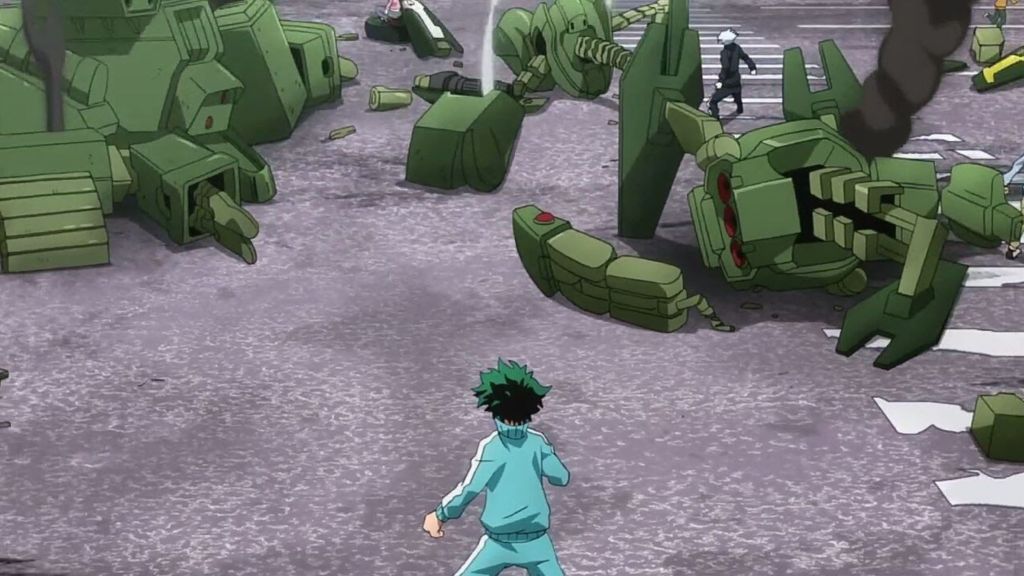
U.A. High’s entrance exam was the first time we got to see Midoriya in action, so it holds a special place in our hearts. That said, there’s no denying that the exam process is heavily slanted and biased. Shinso’s failure to pass the entry exams highlights this point perfectly.
To put this in other terms, the entrance exam is so specific that only certain students and quirk styles will ever stand a chance of passing. People like Shinso, who have potentially useful quirks, stand zero chance of getting points and thus passing.
We get that one text can’t accommodate everyone. However, you’d think that U.A. would provide multiple types of tests to get the best array of potential heroes into the program. It would be better for everyone, society included.
7) Why Doesn’t Bakugo Face Constant Hearing Loss?
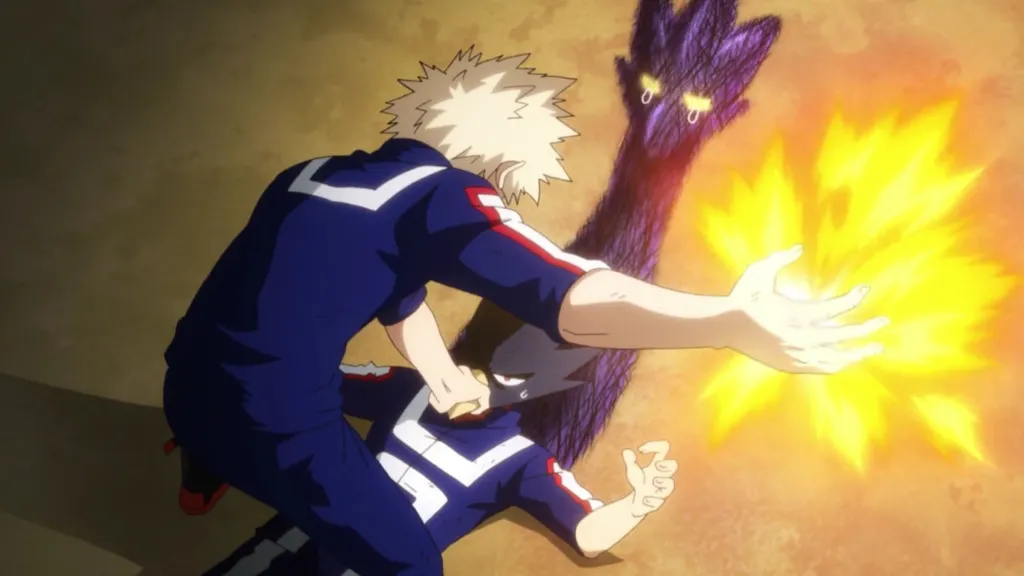
Katsuki Bakugo is known for his fiery personality and his impressively explosive quirk. His quirk basically allows him to sweat something akin to nitroglycerin from his palms, which he then can ignite on command. Bakugo has proven to be quite clever when it comes to finding new and creative ways to use this quirk to his advantage.
Here’s the thing: proximity to explosions that loud causes massive hearing damage in the average person. It’s never been mentioned that Bakugo has immunity to this damage. Nor has Chiyo Shuzenji ever mentioned having to repeatedly heal his ears. Ironically, Bakugo’s constant shouting might actually support the theory that he does have hearing loss. Maybe he has no idea how loudly he’s shouting.
6) The Endless Funds of U.A.
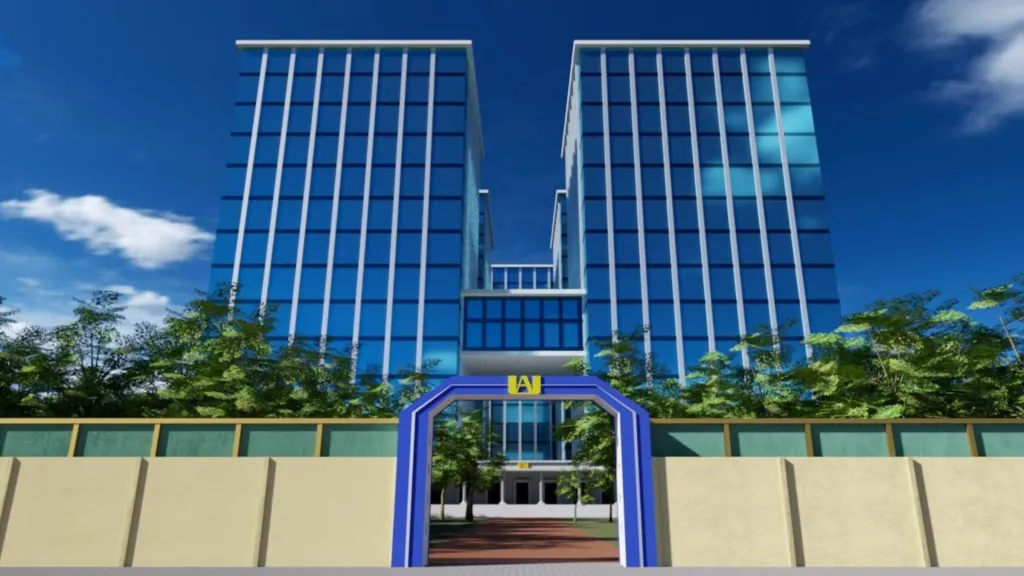
U.A. High is an impressive school designed to create the heroes of the future. We get that this is an all-important task, so it makes sense that the school would have a fair bit of money. However, the school seems to have an endless supply of cash on hand, as they design these elaborate training grounds, practice robots, and even host a major festival. We know that some quirks can (and are) used to help build, and thus bring down costs, but it’s still got to be a lot of money.
Let us not forget that U.A. mobilized and built student dorms with little to no notice. By the time everyone came back from break, there were fully built dorms ready to be used. These sorts of things don’t come without cost.
5) Why Didn’t Aizawa Warn His Students About the Licensing Exam
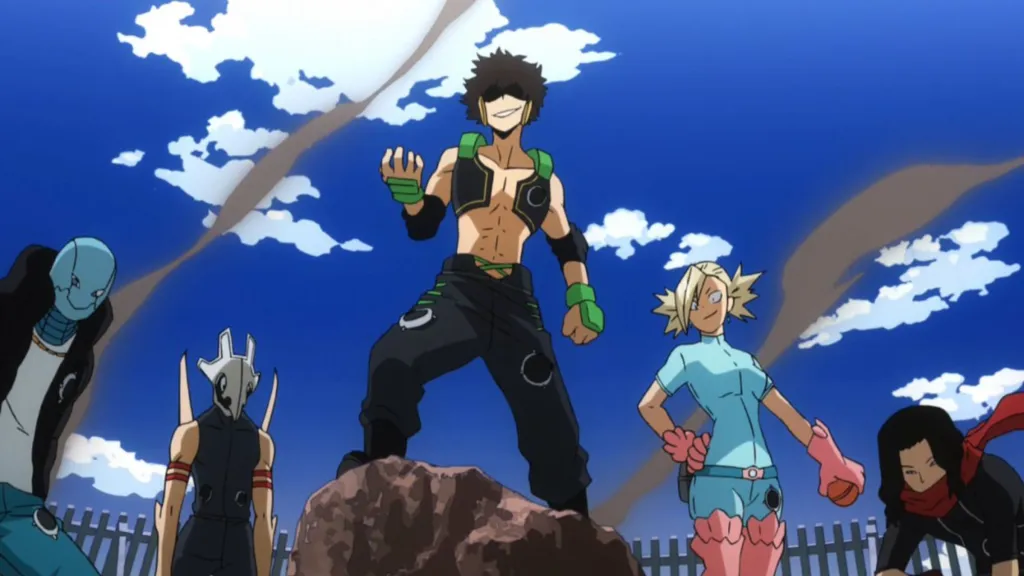
The Licensing Exam was a big moment for (most of) the students from Class 1A. However, they faced worse odds than their counterparts at other schools, and it had everything to do with the U.A. Sports Festival. As a reminder, the U.A. Sports Festival was broadcast, giving other students insight into the quirks and abilities of U.A. students.
We don’t need to explain how that edge can and will be used against students in a situation like this. In hindsight, it’s completely obvious that this would happen. So, why didn’t Aizawa warn his students? Was that part of the test, as far as he was concerned? He knew it was coming, and he seemingly was fairly concerned about it, so we can’t claim he was oblivious about the stakes.
4) U.A. Allowing Aizawa to Expel So Many Students
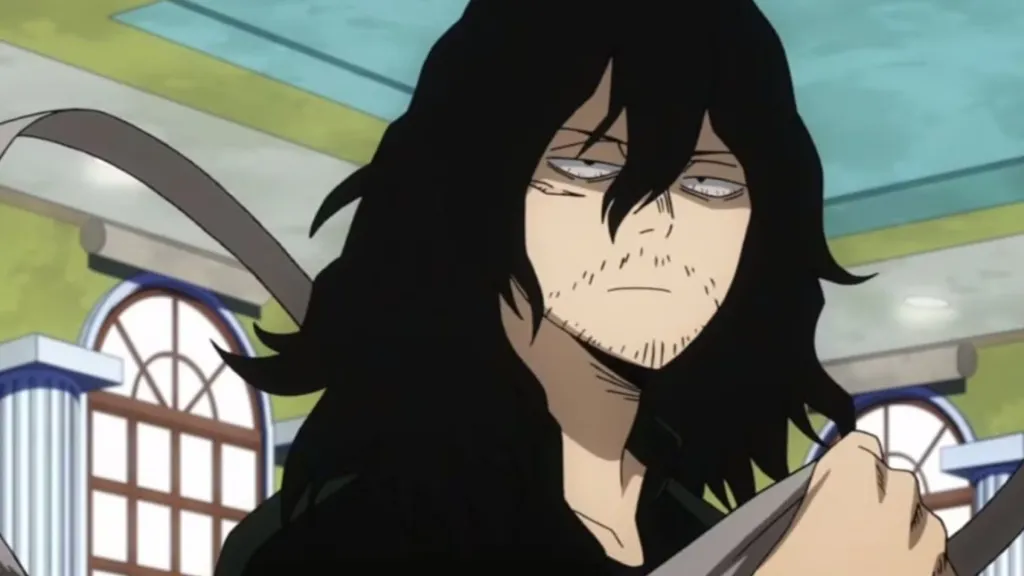
Speaking of Aizawa, we’re still surprised that he’s allowed to expel so many students. We understand that it serves a purpose (better to expel them than have them rush to their deaths), but it still seems excessive. Aizawa has been ready and willing to expel an entire class before.
According to the rumor mill at U.A. High, Aizawa has expelled 154 students. That’s a massive number for how long he has (presumably) been teaching. Recall that his current class size is only 20 students. So, unless this year is smaller than average, Aizawa has likely, on average, expelled most of his classes. How does U.A. let this stand? Why is Aizawa the only one with such a reputation? Does he get the students most likely to fail?
3) Throwing Students Into the Deep End
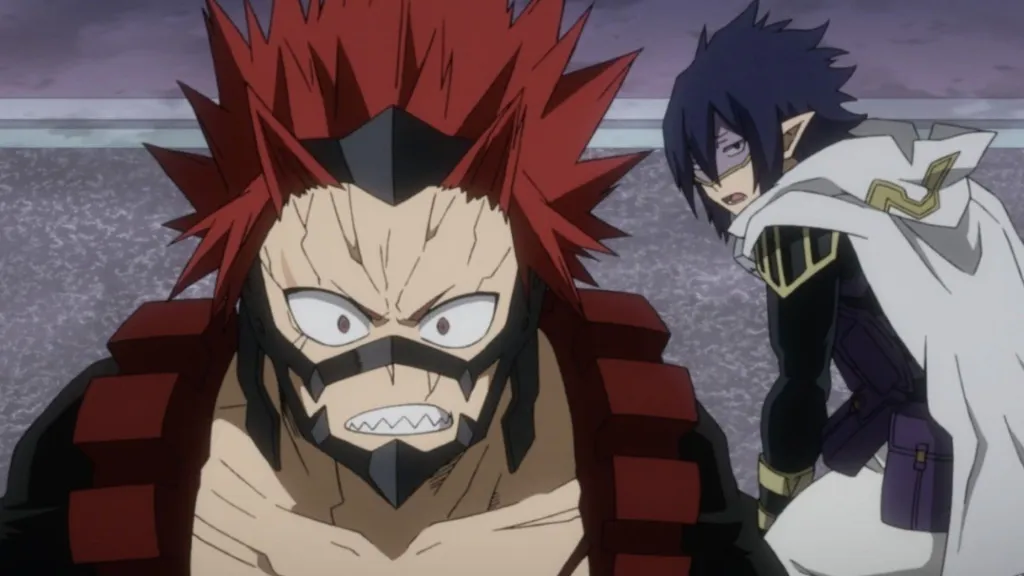
While nobody expected superhero training to be sunshine and rainbows, it is surprising how quickly U.A. threw its students into the deep end. We’re not talking about that first ill-fated training conflict; that one isn’t U.A.’s fault. However, the school has consistently put students with limited training into dangerous situations.
Think about how long it takes a person to learn a skill, on average. The students of U.A. may get training in how to safely be a hero, but most of them only had a few months of this training (at best) before running off to join internships and get real-world experience. That seems a bit early, and that’s without taking extenuating circumstances into account.
2) The Biology of Quirks Makes No Sense (But We Wish It Did)

The quirks of MHA are amazing and awe-inspiring, and we’re not here to argue otherwise. However, we do have to admit that many of these quirks don’t make sense, from a biological standpoint. To start with, how these quirks present seems to be somewhat random. It would be one thing if quirks appeared based on lifestyles or skillsets, but that doesn’t always seem to be the case.
Then there are the quirks that emulate technology, which human biology has no foundation for. Sure, it makes for some pretty interesting characters, but that doesn’t mean their bodies make sense. This also has a funny implication; would tech quirks become as quickly dated as real-life technology?
1) What Happens With the Quirk Singularity Theory?
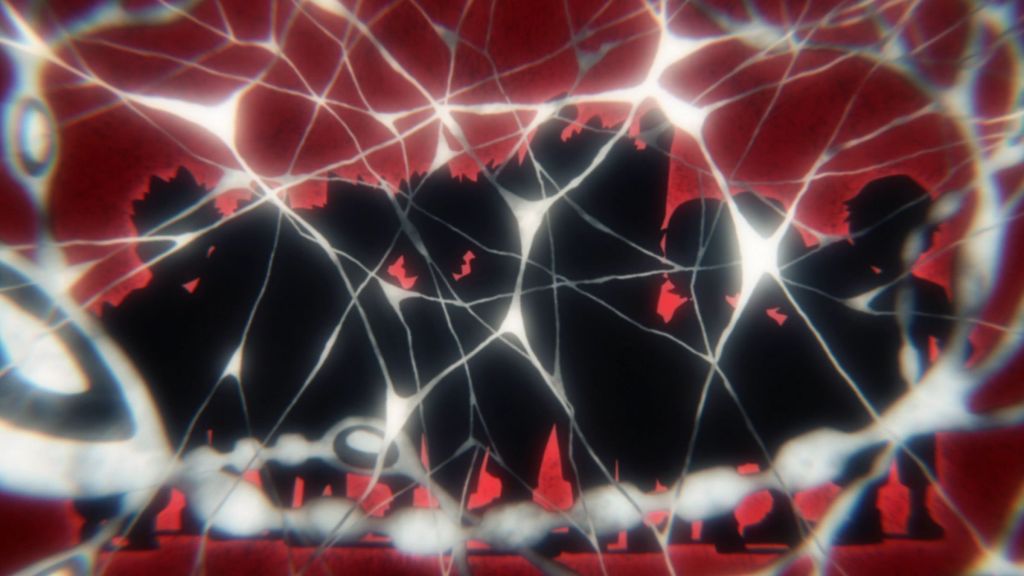
MHA portrays a world full of quirks, but once upon a time, nobody had them. The number of those with quirks has been steadily increasing to the point where people who were born without them are outliers. To make matters more concerning, people with different quirks can have children with a blend of the two, as seen in the Todoroki family.
This brings us to our final, and arguably biggest, point: what happened to the Quirk Singularity Theory? TheQuirk Singularity Theory was meant to be this major point of concern in the series, where future generations would have such immense and powerful quirks that they’d be impossible to control.
Ironically, Himiko Toga’s presence and quirk helped highlight the dangers of this theory. During the Final War arc, Toga unleashed her new and terrifying move, the Sad Man’s Parade. This attack showcased what it could be like when somebody has a powerful quirk and little emotional control.
While some fans may have theories that Toga’s moment in the battle helped resolve the Quirk Singularity Theory, we’re not so sure. If anything, this event just helped to highlight the problems future generations will face. Without any official confirmation from Horikoshi on this subject, it feels unresolved.
Were there any other parts or moments in My Hero Academia that made no sense to you? Let us know in the comments below!
Want to stay up to date on the biggest geek entertainment news? Add us as a preferred source in Google – HERE.